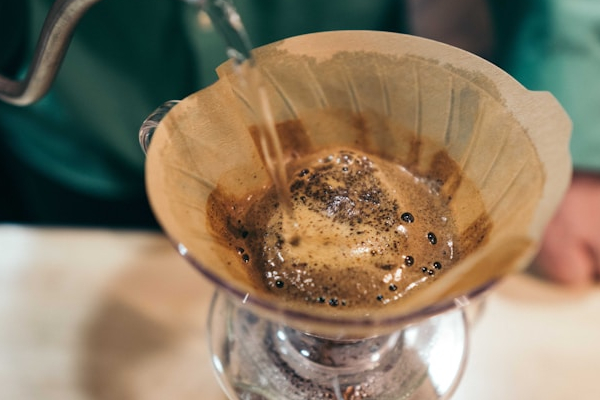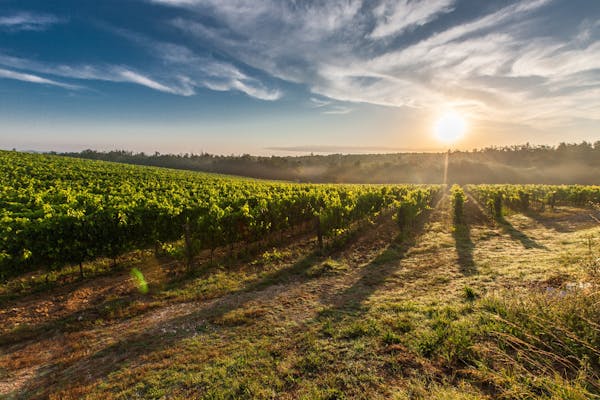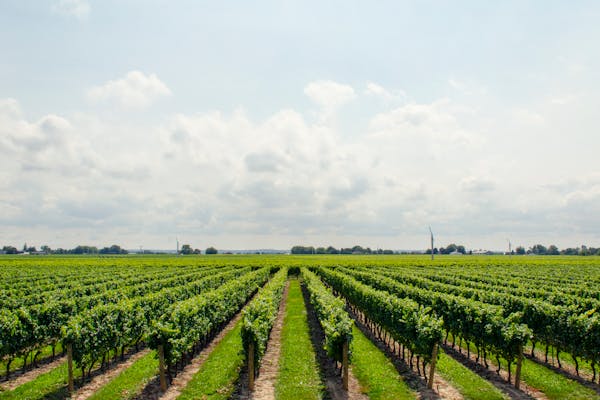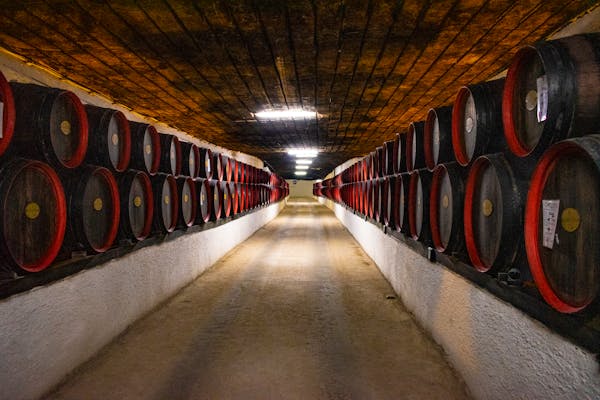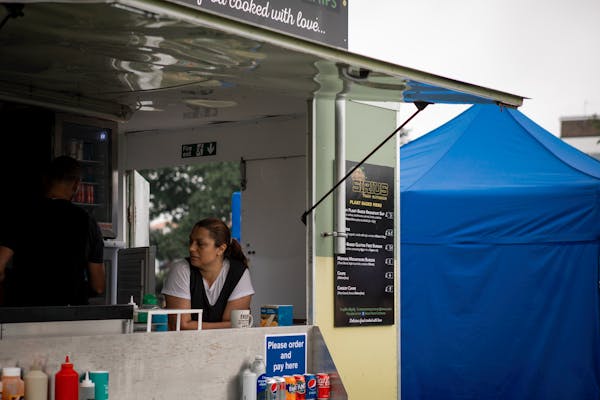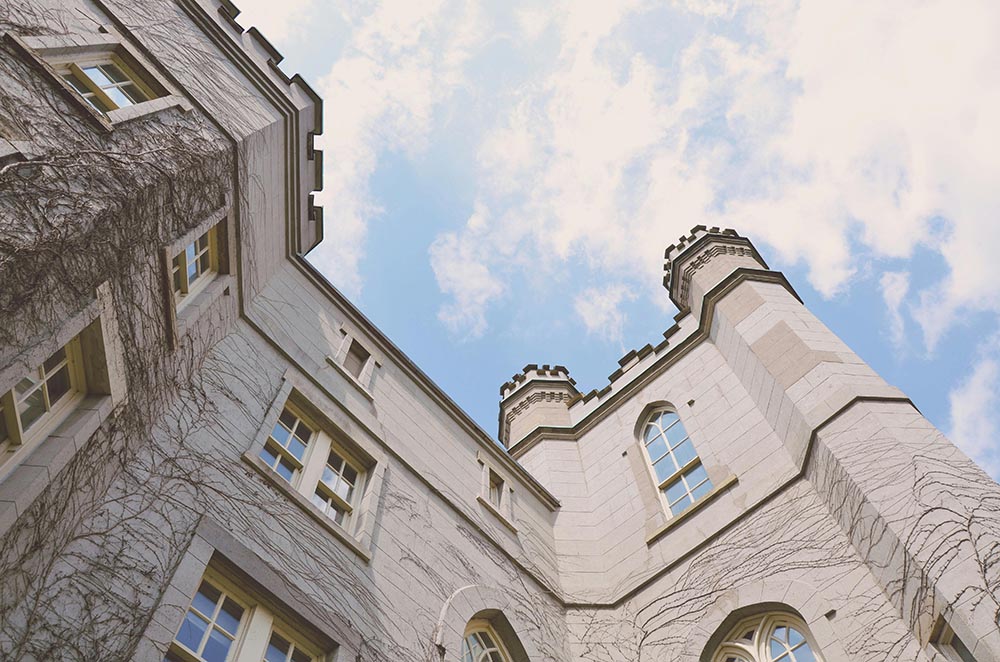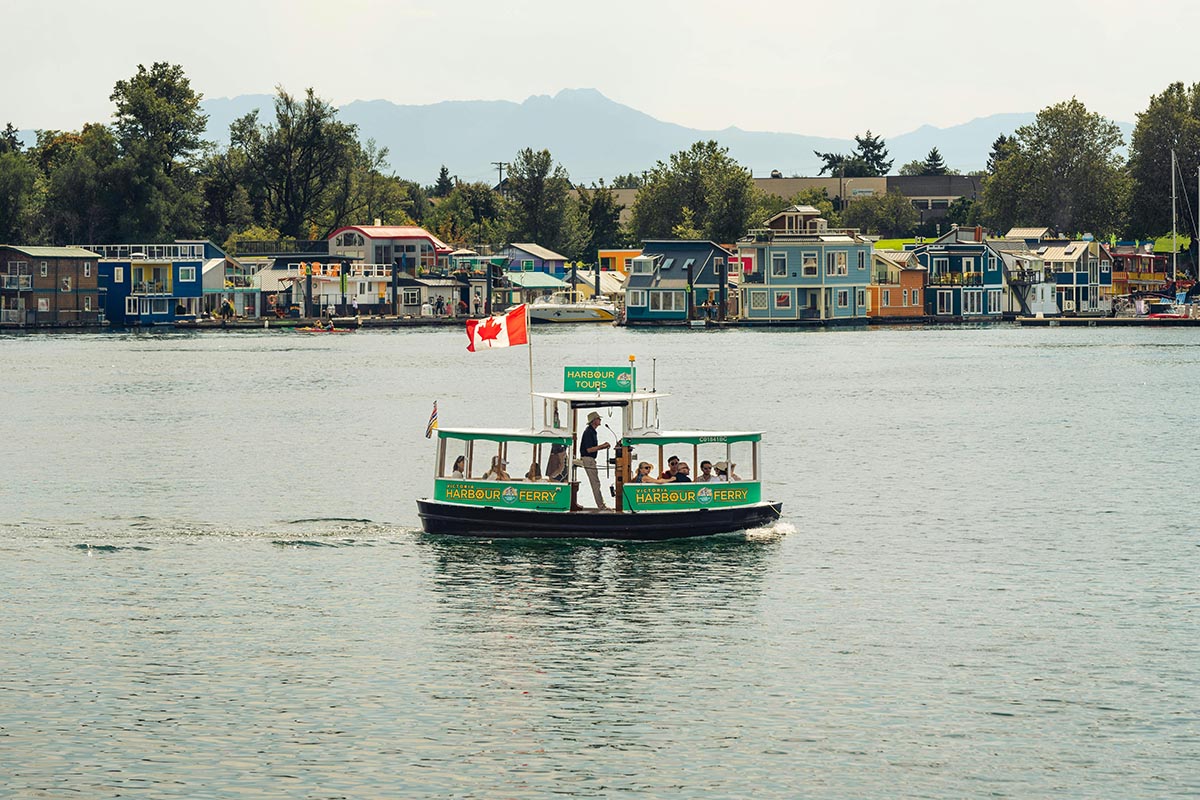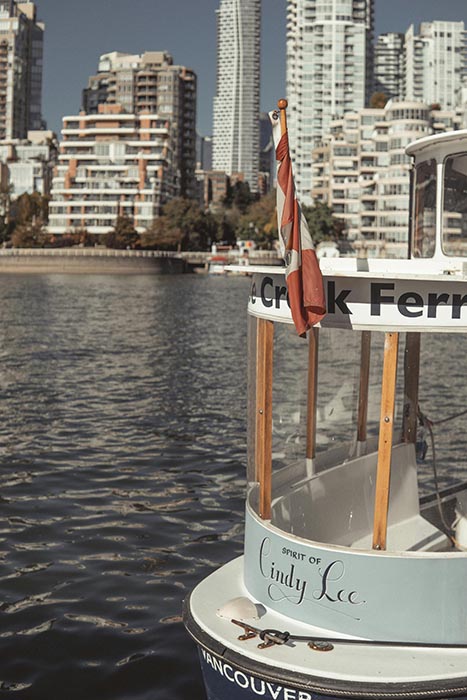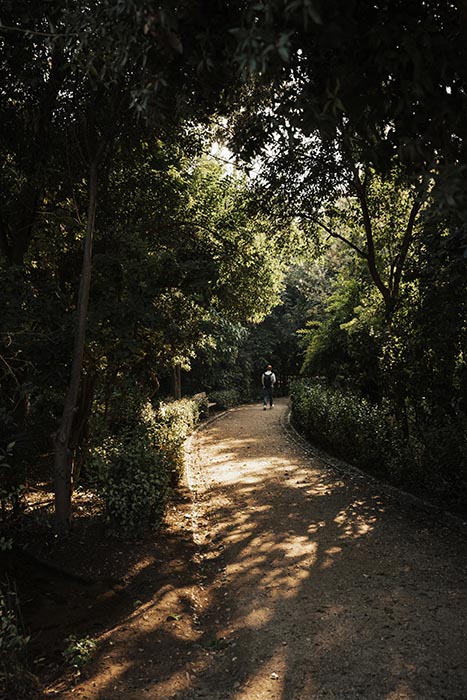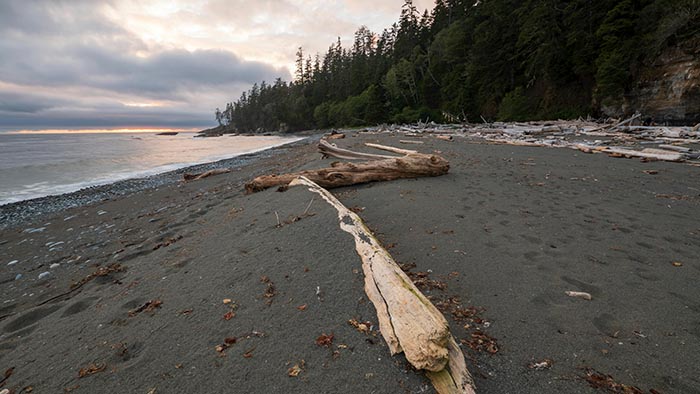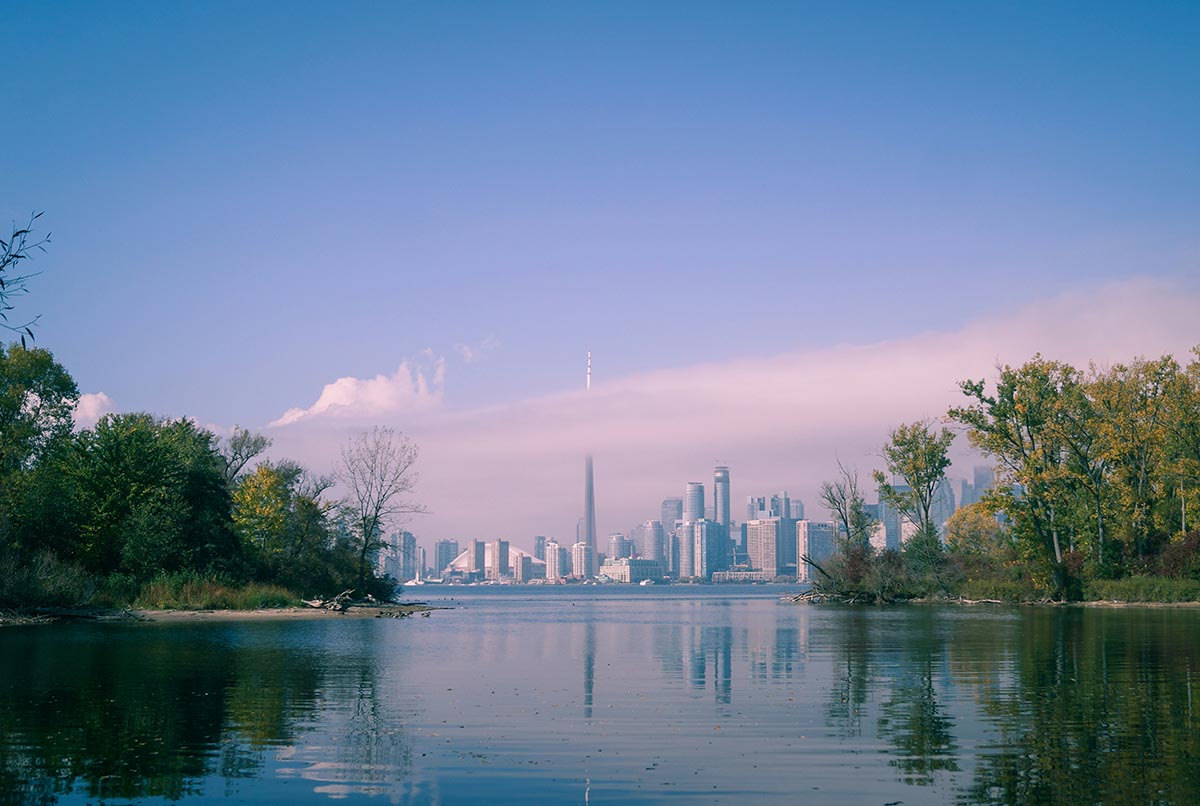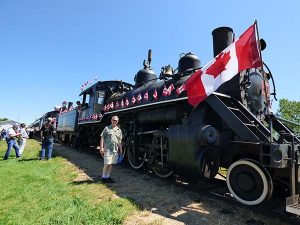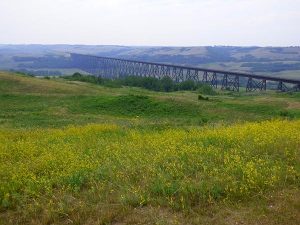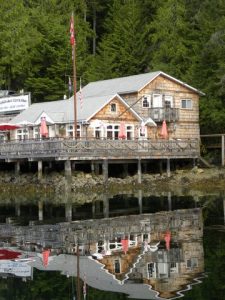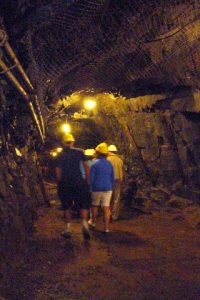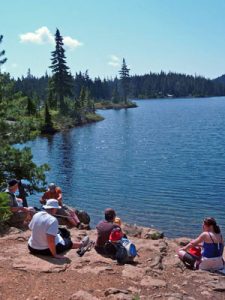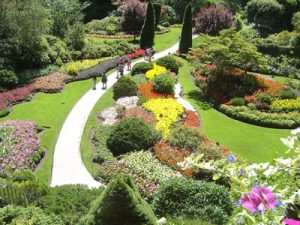Toronto hit me with a chill that morning. I had arrived late, slept little, and needed real caffeine—fast. I wasn’t after a corporate chain or a photo-perfect latte – I wanted something grounded. Something personal. I was looking for the best coffee shops in Toronto, the kind that locals whisper about and tourists often overlook. Passive scrolling wouldn’t help. I had to get out, ask around, and sip with curiosity. And it made me learn more about travel while living it.
What Are the Best Coffee Shops in Toronto?
I didn’t rely on rankings or hashtags. I followed my feet, asked locals, and trusted my cravings. Here are the places that made the cut:
- Balzac’s
- Landwer
- Maman
- Found Coffee
Balzac’s is Where Cobblestone Meets Espresso
Toronto’s Distillery District often resembles a movie set: narrow streets, red-brick warehouses, iron staircases. Balzac fits in like a scene-stealer. The second you walk in, the scent of roasted beans wraps around you. I paused at the door. Sunlight lit the high ceiling. Baristas moved fast, but the energy stayed calm.
I ordered a classic Americano and settled upstairs, where writers often camp with laptops. A group nearby discussed editing a short film. Art, ambition, and caffeine—it all mixed together here.
Outside, the courtyard buzzed with small conversations and slow footsteps. I didn’t rush. I listened, and I watched. That Americano wasn’t just good—it tasted right for the moment.
The caffeine from Balzac’s gave me just enough fuel to start the day early. I had plans to visit the Native Canadian Centre of Toronto and later also visit the Toronto Islands. Exploring indigenous culture and heritage sites to visit around Toronto felt just as essential as finding great coffee—one grounds you in history, the other in the present.
The Best Coffee Shops in Toronto Always Include Landwer
Not every great café hides in a lane. Some take up space boldly. Café Landwer does just that on College Street. Its tiled signs and sidewalk tables dare you to stop and stay awhile. I arrived just before the brunch crowd and slid into a spot near the window.
The menu is full of comfort food. Think halloumi shakshuka, stuffed croissants, and sweet bites you never regret ordering. But I came for the latte. And it arrived perfectly milky, smooth, topped with a heart that stayed intact until the last sip.
A couple across from me played chess. Two friends near the back debated whether to move to Tel Aviv or Paris. These were real conversations, not phone-scroll distractions. That’s why Landwer feels like a pause button in the city.
If you’re making your own list of the best coffee shops in Toronto, Landwer deserves a spot. Here’s why:
- The atmosphere mixes café comfort with casual elegance.
- The food adds meaning to your visit, not just calories.
- The energy invites conversations, not just coffee.
You’ll stay longer than you mean to—Landwer has that effect. As I sipped my latte, I drifted back to quiet mornings wandering around historical Alberta, where time felt slower and every corner held a trace of the past. This coffee stirred the same feeling—a warmth that lingers, a moment that asks you not to rush.
Maman
The streets near Toronto’s Financial District feel cold at first. Tall towers, straight lines, quick steps. But tucked between steel and glass, Maman softens the pace. I nearly missed the entrance. A soft blue door led me inside. I stepped into another world.
Inside, patterned tiles and soft wood surrounded the room. The scent of vanilla and espresso hit me fast. People spoke quietly. Laughter came in short bursts.
I picked a spot near the back and ordered an almond croissant with a flat white. Both arrived quickly. The croissant had layers that cracked with the right sound. The coffee held its own—a smooth sip, slightly sweet, and made with care.
At the next table, a couple studied a paper map. They pointed at notes and circled places. I asked where they planned to go next. “We might spend a weekend exploring Britannia Mine Museum,” the woman said. “I grew up near there.”
That moment stayed with me. Cafés like Maman turn strangers into storytellers. While the city outside keeps moving fast, this place holds its kind of peace. I think any list of the best coffee shops in Toronto should include it.
Found Coffee Offers Quiet Confidence in the Annex
Found Coffee doesn’t scream for attention. It whispers. I found it while walking near Bloor Street, tired and ready to sit. A narrow entrance opened into a clean space with warm light.
No music played. The hum of conversation filled the air. Behind the counter, the barista smiled without rushing. I asked for a pour-over and took a seat at a small table.
The cup arrived hot, bold, and balanced. I sipped, then pulled out a book. For once, I didn’t check my phone. I didn’t need to. Found Coffee gave me a pause that felt earned.
The Annex has changed over the years, but spots like this keep the heart steady. Locals gather here, not for noise, but for stillness. So, without loud design or flashy trends, Found earns its place among the best coffee shops in Toronto. People come back because it feels real, and I will come back too!
Sip Slow and Look Closer
Coffee shops do more than serve drinks. They open doors to people, places, and stories. In a city like Toronto, rushing past the small things is easy. These cafés reminded me to stop. They hold flavor, warmth, and surprise. The best part? You don’t need to leave the city to feel something new. If you want to explore a place through its cups, chairs, and conversations, begin with the best coffee shops in Toronto. Take your time. Stay present. You’ll leave with more than caffeine.
About the author:
Sarah Mitchell is a relocation coordinator at Professional Movers Canada, where she helps clients navigate moving and storage across the country. Based in Toronto, she knows that a smooth move often starts with strong coffee. Sarah blends logistics expertise with a local’s love for neighborhood cafés, keeping transitions efficient and caffeinated.


